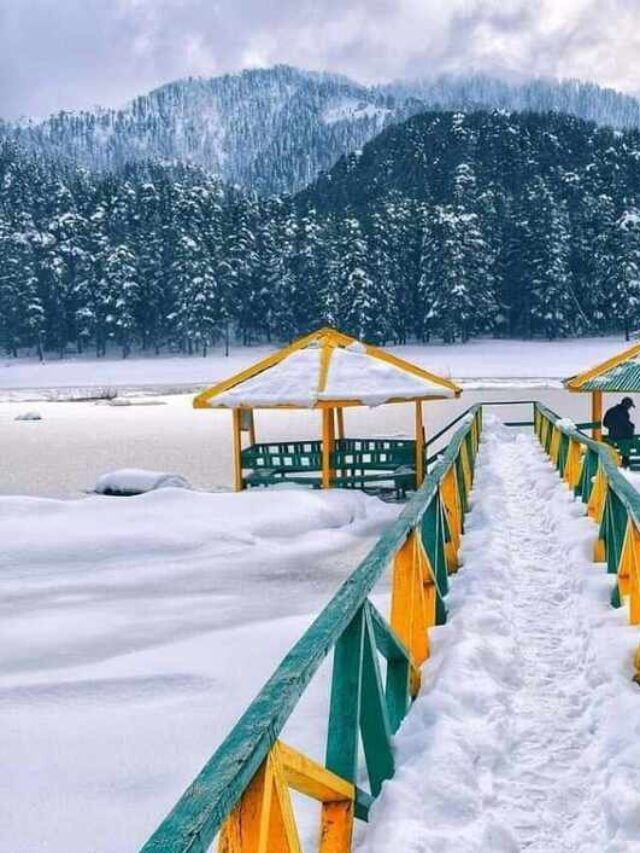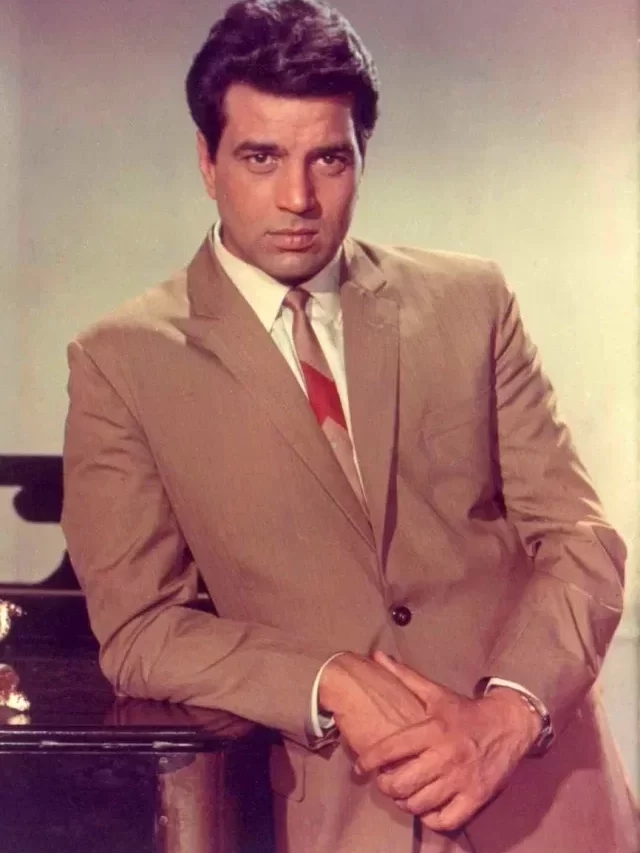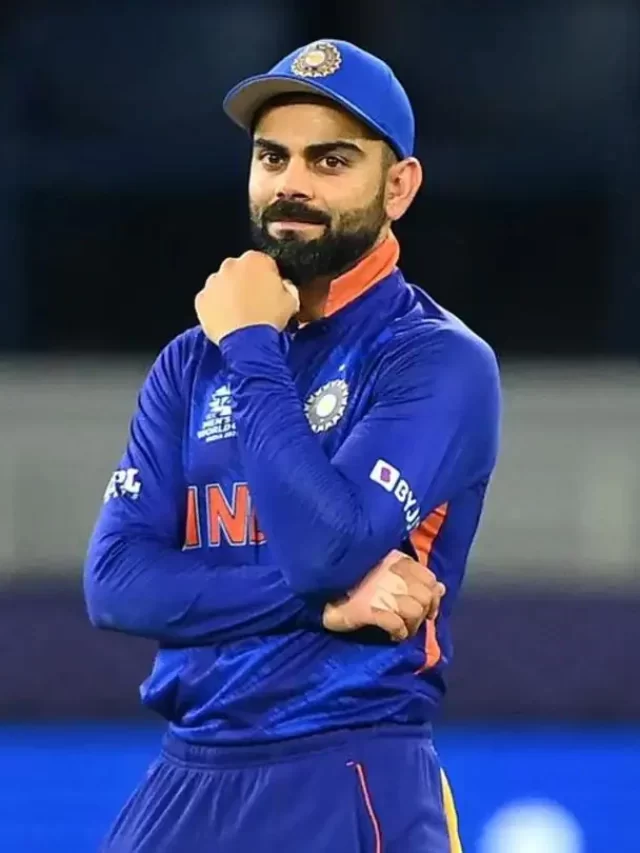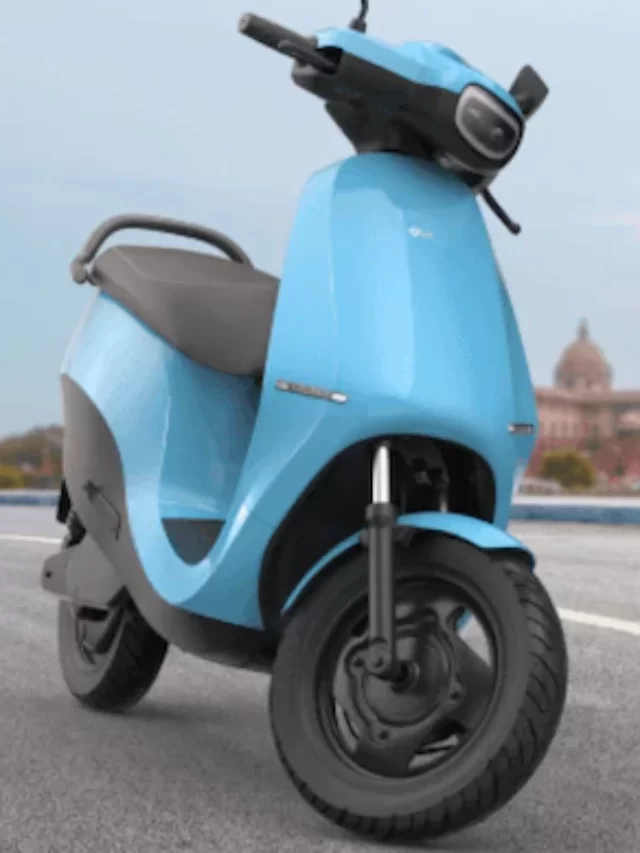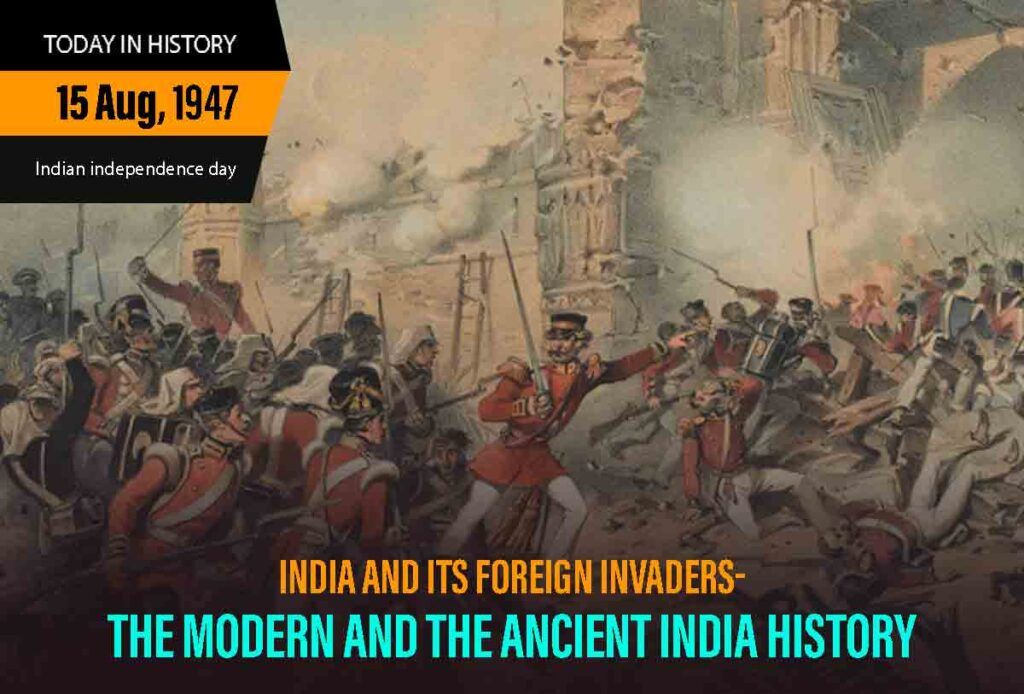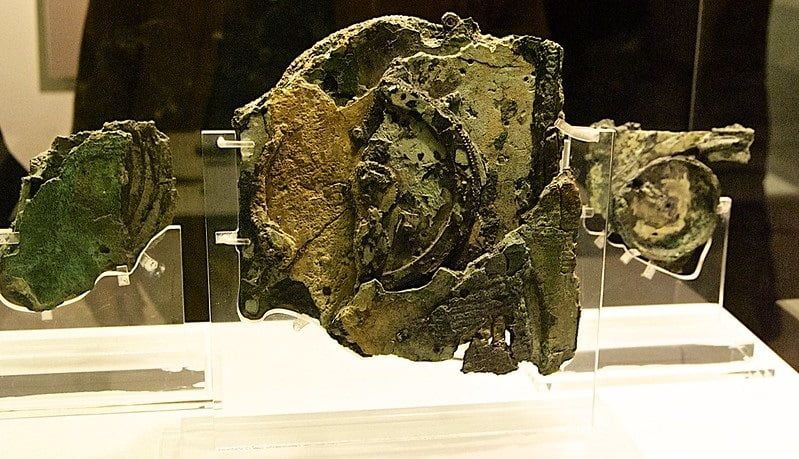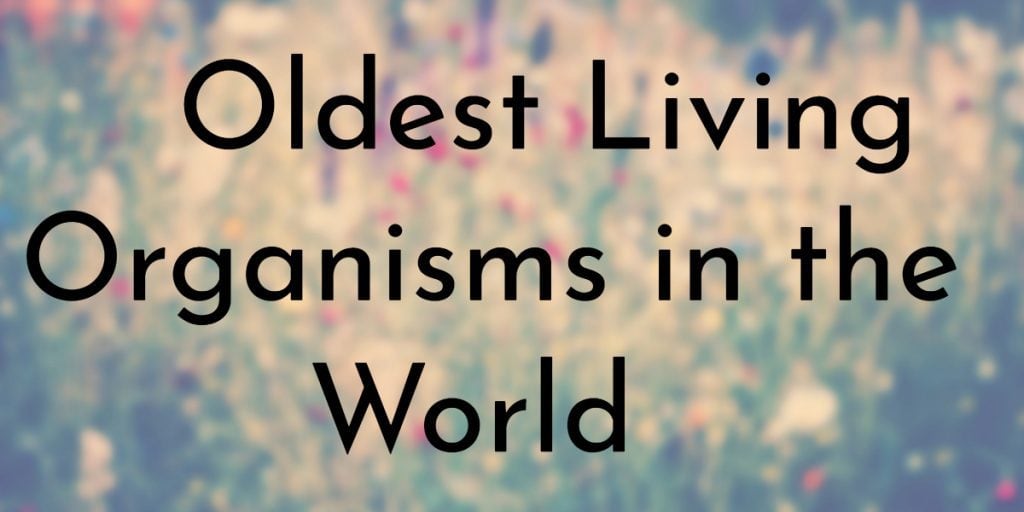India, with its cultural diversity, is a huge treasure house of precious minerals and stones. Alongside its heritage and storehouse of priceless treasures, India is a country of unity in diversity! But, was the Indian subcontinent always been like this? What was ancient India history? How could we trace back the Harappan Civilisation that was so rich in culture? How was modern India history shaped by the early civilisations? There are many other questions about Indian history such as who ruled India first? Who ruled India before the Mughals? Who ruled India before the British and how did the British pave their way into the colonies? This article will give you a glance at who were the kings who ruled India? How did they clutch India into their power and how long did the Aryans rule in India?
Who Invaded India? A Glorious Past
This piece of information will take you through the pages of the glorious history of India and will unleash ancient India history which further shaped modern India history! So, without further ado, let’s quickly turn the pages and understand India’s relationship with its foreign invaders
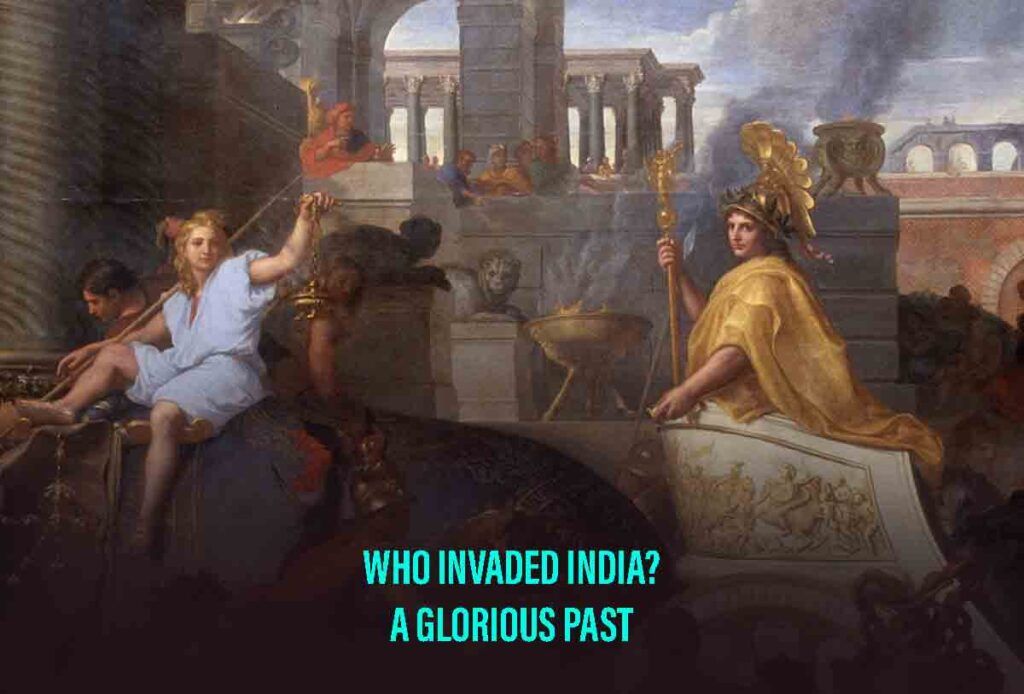
Ancient India History
India has always been an invader’s favourite. Be it Alexander the Great, the Mongols or the notorious British, Indians never failed to surprise the world with their cultural richness and diversity. But, what is the most interesting note is that although the Indian soil has welcomed everyone with warm hearts, the people were never swayed away by foreign influence. They have outshone others and live out with their sagas. They have their own stories to tell and be proud of!
The earliest discovery of India’s most ancient civilisation, the Harappan Civilisation, came by accident. Ancient India history, with its earliest civilisation known to humankind, was carefully hidden from the sight of modern people. During the era of kings who ruled India, in the mid-1800s, British engineers, while constructing railway lines through the Punjab and Karachi region, discovered kiln-baked bricks along the track path. It paved the way for one of the glorious discoveries about ancient India history.
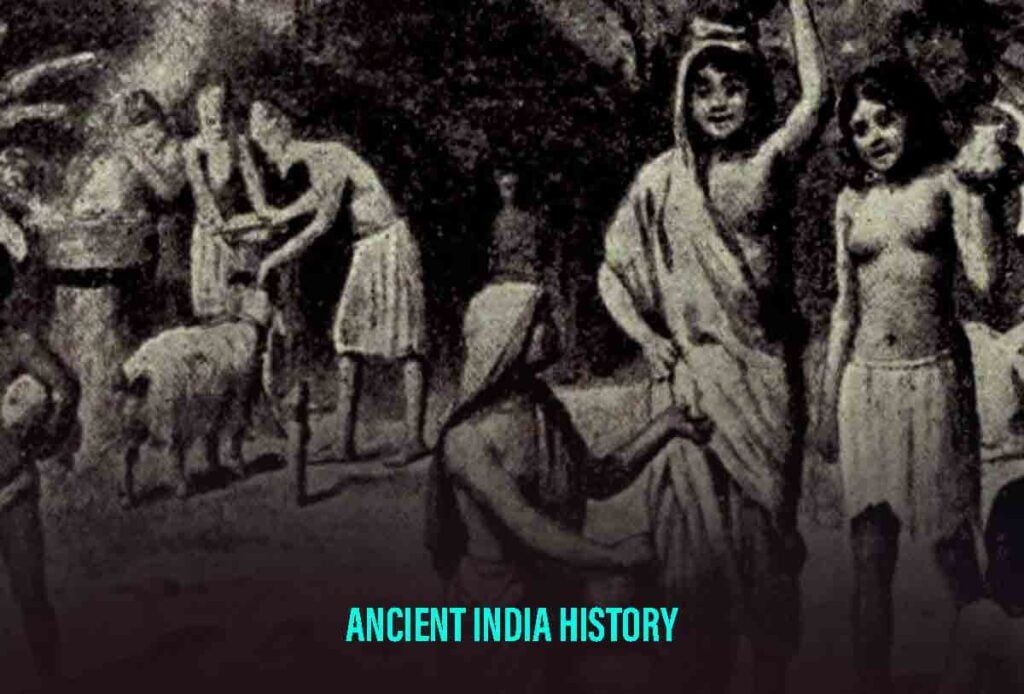
Later, the curious archaeologists in the 1920s revisited the place and the earliest civilisation site of India, the Harappa, where the Mohenjo-Daro civilisation got introduced to the world. The community built across the Indus river Valley was one of the most technologically advanced civilisations – outshining the Egyptian and Sumerian civilisations. The Indus Valley civilisation had its own properly planned cities, with granaries and well-furnished toilets. They lived through trade with the outside world, as far as Mesopotamia!
Kings Who Ruled India
Soon after the Aryans rule in India settled throughout the northern regions alongside the Harappan civilisation, other invaders from around the world started paving their way into the Indian subcontinent.

While kings who ruled India included the Parsis, the Greeks and the Great Mughals, the Indian soil never really allowed any one dynasty to rule for long in the subcontinent. While the Persian kings who ruled India had spent less time on Indian ground, the Great Mughals had six generations of history in the culturally diverse India. Let’s turn to the page with kings who ruled India since the dawn of civilisation:
Who Ruled India First – Aryans Rule In India (2000 BCE and 1500 BCE)
The previous section introduced us to the ancient Indian civilisation! But who ruled India first? What did they bring to India? What were their identities and which language did they speak?
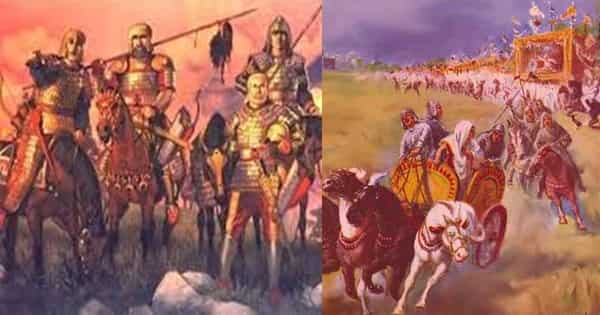
It was the Aryans rule in India during 1500 BC. They were the ones who ruled India before the British. Famous for their traditions and Vedic rituals, the Aryans spoke in Sanskrit, which later was used by the saints and Rishis to document holy scriptures and Vedas. They assembled themselves throughout the northern regions and brought the caste hierarchy into the Indian culture.
Kings Who Ruled India First – The Persian (550 BCE) And Greek Influence (327 BC)
Around 500 BC, India got invaded by the Persians. Kings Cyrus and Darius, while expanding their rule, invaded the Indus Valley but could only manage to assert their influence for a brief period of 150 years.
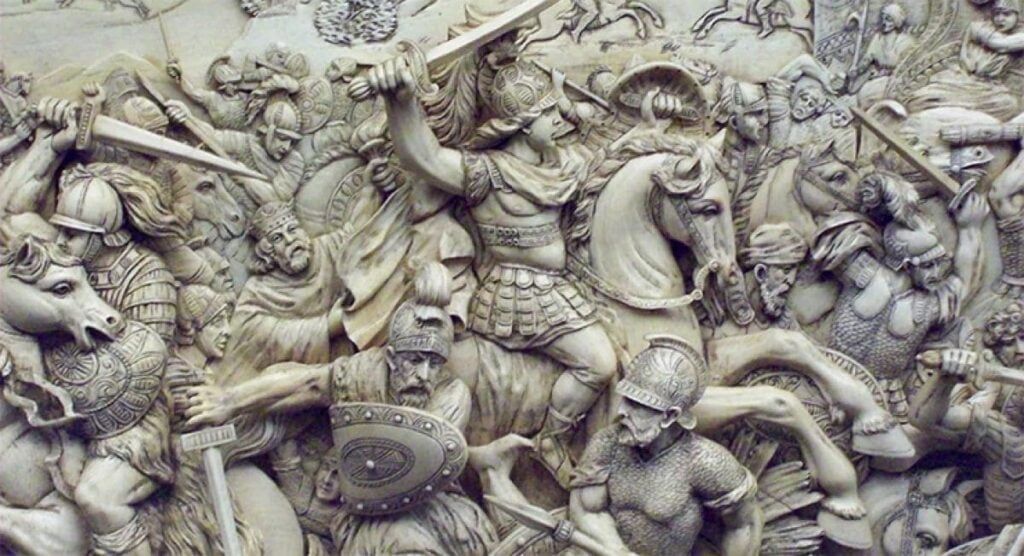
The Persian influence vanished under thin air when Alexander the Great, the great Greek ruler, conquered Indian soil and defeated King Porus of India. Though he wished to expand his rule further, his subordinates refused to coordinate and thus was forced to turn his back on the Indian soil.
The Spread Of Buddhism – The Mauryas (321 – 185 BCE) And The Guptas (319 – 467 CE)
While all such invasions and conquering were shaping ancient India history, Buddhism spread through Siddhartha Gautama. At about the same time, Maurya Dynasty got established by Chandragupta Maurya. The successor of Chandragupta, The Great King Ashoka, captured the entire subcontinent before he converted to Buddhism and stopped his conquest of India!
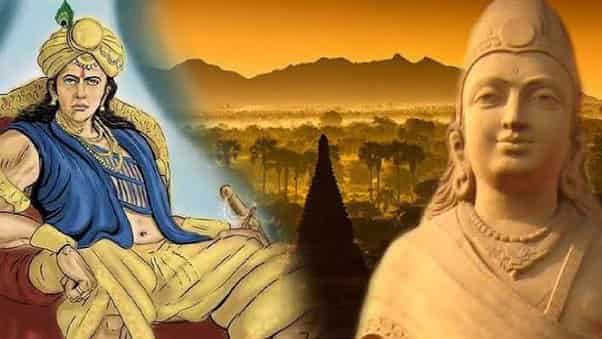
Again in 319 CE Chandragupta established the Gupta dynasty that extended itself to the Vindhyas. This period witnessed the establishment of famous architectural artworks like temples in Bhubaneswar, the famous Khajuraho, etc.
The Ghazi Army (1192) And The Mongols (1221 to 1327) – Who Ruled India Before The Mughals
The dawn of the Muslim era was here! The Ghazi and the Mongols were the natives who ruled India before the Mughals. Led by Mahmud of Ghazni, the Arab armies swept through the Indian soil and measured each inch for 26 years. Every time they returned to their origin, they used to leave behind a heap of destruction and death.
Again in 1192, Mohammad of Ghor captured India and his successor, Qutb ud-Din Aibek, ruled the continent before the Mongolian army under Timur Lang invaded India.
Who Ruled India Before The British – The Rich Mughal Empire (1526–1761)
Followed by the Ghazi and the Mongol army, the Mughal Dynasty were the ones who ruled India before Marathas as well as the British Raj. In 1527, Babur came to power in the Delhi Sultanate and established the Mughal empire.
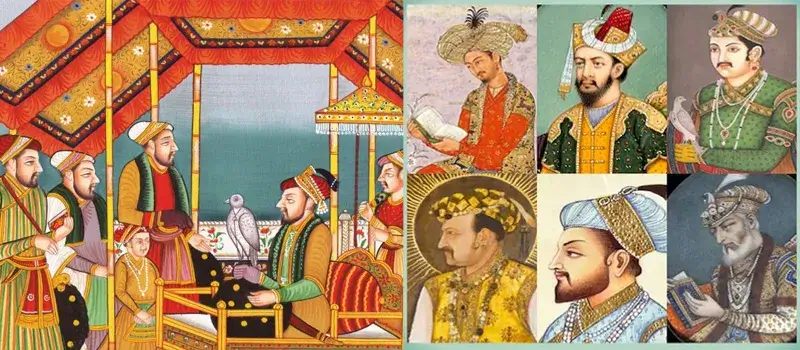
After his death, his son Humayun took to power and was later succeeded by his son Akbar. Akbar was the most powerful of all Mughal rulers and believed in unity in diversity. He gave respected all religions and cultures. His son, Shah Jahan, succeeded him and became the ruler famous for architectural advancements. He built the Taj Mahal, Pearl Mosque, the Royal Mosque, and the Red Fort.
His son Aurangzeb, who was a notorious ruler, later captured him. His hatred for the Marathas gave rise to Shivaji, which continuously fought against the tyrannous Aurangzeb. Aurangzeb’s successors lacked unity causing the empire to crash, paving the way for Marathas and finally the British rule in India.
Also Read- The Mughal Emperor Aurangzeb – Biography, Religious Policy, Architectural Achievements And Death
The Maratha Empire (1674 – 1818)
The Maratha Empire of the Deccan plateau was established in 1674 with Chattrapati Shivaji Maharaj as the King. The origin of the powerful and influential empire can be traced back to a period of massive rebellions, led by Chhatrapati Shivaji Maharaj against the atrocities of Aurangzeb. In 1674, he established a new kingdom from the Marathas, independent from the rule of Aurangzeb, known as the Maratha Kingdom.

The born leader was succeeded by his son, eldest son Sambhaji in 1681. Sambhuji too was as powerful as his father and fought against the Portuguese army and Mysore to expand his territorial boundary. This success story of Sambhuji was enough to scare off Aurangzeb and soon he launched battles against the Marathas. But, Sambhuji never lost any battle against his enemy in the 8 years long war. But, destiny had other plans for the Maratha empire. While on his way to meet his subordinates at Sangameshwar, the coward Aurangzeb attacked the leader from behind and imprisoned Sambhuji , who was later executed by Aurangzeb’s army.
Soon after, the Maratha empire started collapsing. Aurangzeb captured the capital of Raigad which further caused more declination. But, the death of Aurangzeb proved to be beneficial for the Marathas. Balaji Vishwanath was appointed as the Peshwa of the Maratha dynasty. Later, the Marathas marched to Delhi and abdicated Bahadur Shah putting Farrukhsiyar on the throne. The new Emperor then gave rights to the Marathas to collect taxes in the Mughal territory. Additionally, the Maratha kingdom was given full independence from the Mughal rule.
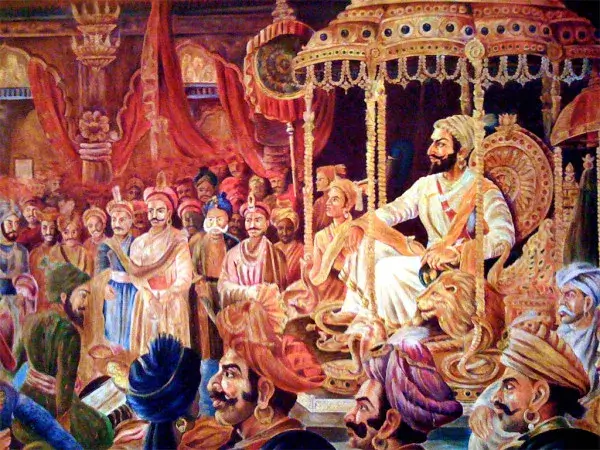
Meanwhile, the Maratha kingdom under Peshwa Balaji vishwanath and his successors reached great heights of glory and success. Expansion of the boundaries reached its pinnacle of glory during this time. While on the contrary, the Mughal Empire started to decline under Maratha influence! But, the battle of Marathas with Afgan Durrani in 1761 fragmented the entire kingdom. This was the beginning of the decline of the Maratha empire. Being led fragmented and fragile from the war, the British East India Company took the advantage and stepped into the Indian soil. Though the Marathas tried to fight against the British in three Anglo Maratha Wars, the last war proved to be beneficial for the British as the Marathas lost the battle, which gave most of India’s control in the hands of the British.
Also Read- Maratha Rulers And Battles Involving The Maratha Empire
The Modern India History
Rise And Fall Of British Raj (1858 – 1947)
The destruction of the Mughal empire paved the way for the British to exert their influence over the Indian subcontinent. By the end of 1769, the East India Company had established its roots in the country. Throughout the British Raj, they collaborated with the native princely states and helped in the infrastructure and development of the nation.
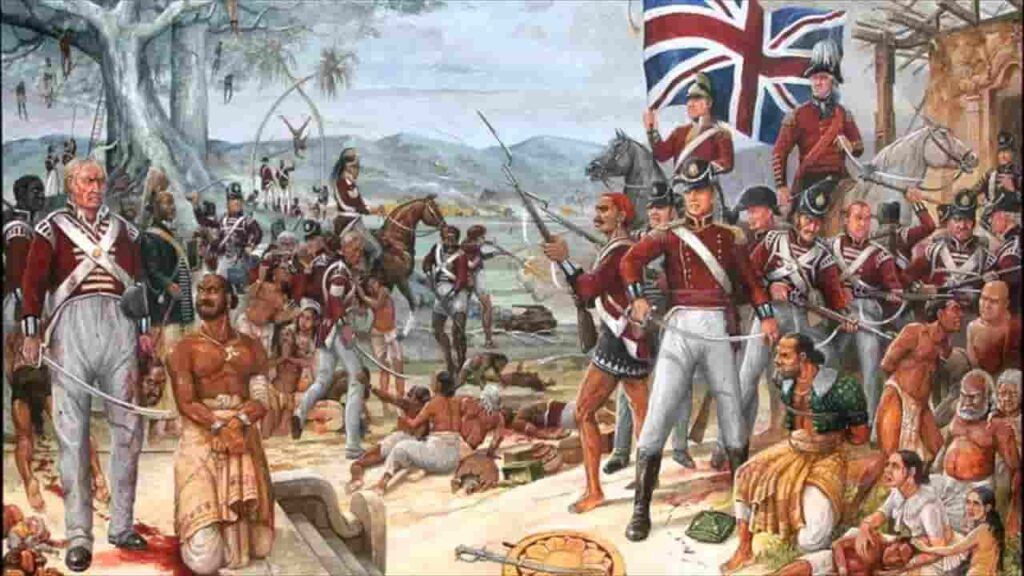
Soon, the Indians realised that the British rule was taking advantage of the Indian people and was using them. Added to it was the tyrannous nature of the Raj. They exploited the native people for bonded labour and tortured and killed many. By the 20th century, anti-British sentiments were high and feelings of patriotism and love for the nation emerged. The Indian leaders started protesting and demanding complete freedom.
In 1915, Gandhiji emerged as a leading force who ignited patriotism in the hearts of Indians. His principle to work towards achieving freedom through the use of non-violence made him Mahatma the great. He urged Indians to be self-sufficient and boycott using foreign materials. He also urged the Indians to produce their salt from seawater.
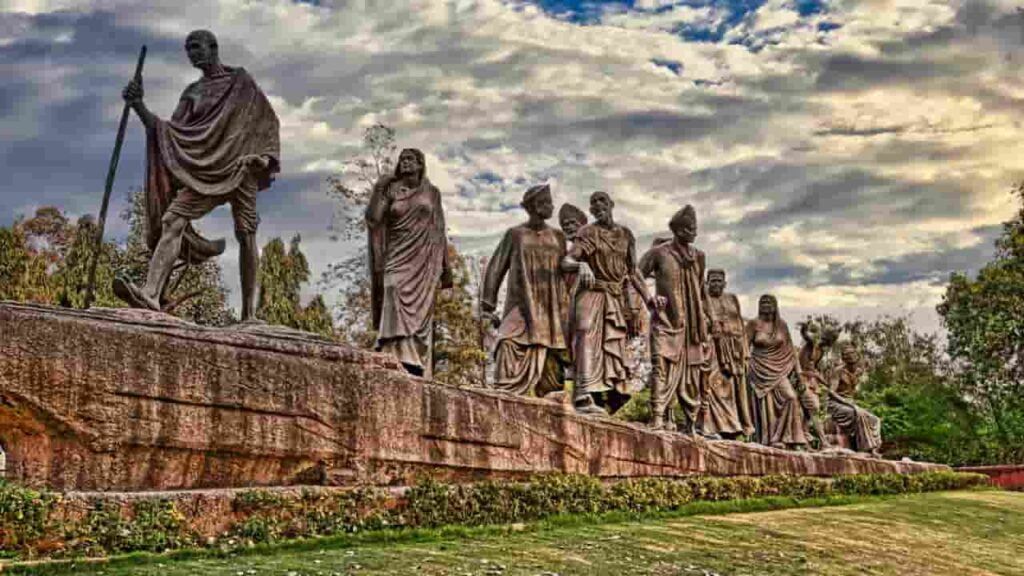
Also Read- East India Company British Rule In India – The History, Rise And Fall
Indian Independence And The Partition Of British India
Gandhiji, with other leaders like Netaji, Jawaharlal Nehru, Lala Lajpat Rai, Matangini Hazra, and Surya Sen, worked hard to gain independence. On 15 August 1947, after a period of 3 decades with continuous efforts and independence movements, Mahatma Gandhi with other freedom fighters achieved their goal to free up India from Britishers by marking the end of 200 years of British rule in India.
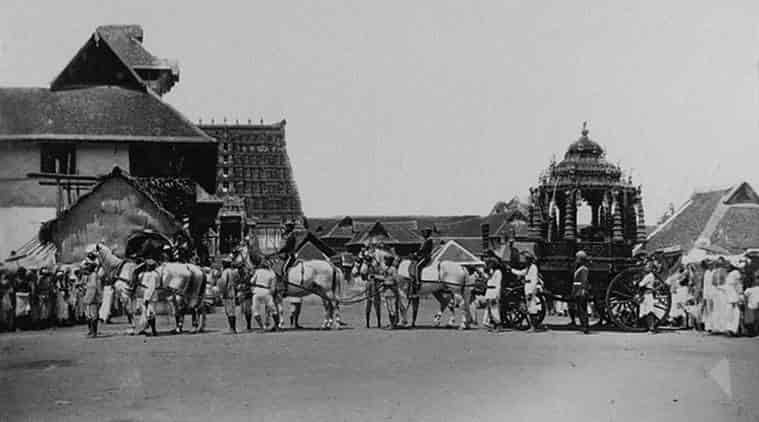
But, independence came with a cost. The British Army divided India into Pakistan and Bangladesh, which caused the most deaths in the history of mankind. In 1948, Gandhiji was assassinated. Later Jawaharlal Nehru became modern India’s first president.
Few Final Words
India’s current socio-political condition is grim. Corruption, riots, and disunity among the masses have become common sightings. It is high time that we realise that “ United we stand, divided we fall”. If this current situation continues, the day is not far away when another pre-independence India will be back and we make into the modern India history page!
For more related articles, visit Discover
